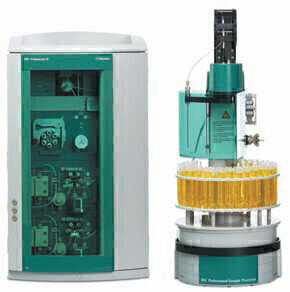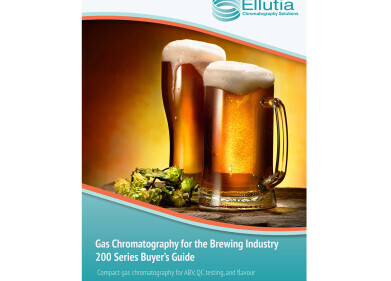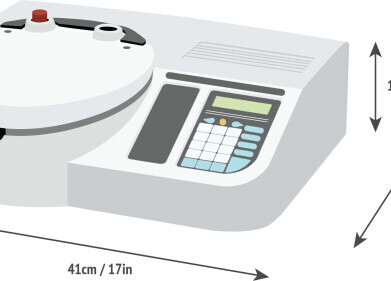Chromatography
Monitoring of Iodine- and gadolinium-containing Contrast Media in Aqueous Matrices
Sep 06 2011
Metrohm is pleased to present a method for the rapid, reliable, and sensitive analysis of free and complexed gadolinium and iodine-containing compounds in aqueous matrices by ion chromatography (IC) and inductively coupled plasma mass spectrometry (ICP/MS). The method proceeds without costly sample preparation and provides substantial information on the entry, degradation, and fate of contrast agents in (waste)water. Biologically inert iodinated X-ray contrast media (ICM) and gadolinium chelates are used as contrast agents diagnostic radiology. These contrast media are applied extensively and are excreted in unmetabolized form via urine into wastewater. ICMs are suspected to be nondegradable in most conventional water treatment plants and ultimately accumulate in drinking water. As their effects on the environment are still unknown, they are removed by water treatment technologies using either ozonation or floculation. Ozonation gives origin to a range of unidentified iodine-containing ozonation by-products (OBPs) of unknown toxicity. Similarly, the addition of competitive Fe3+ ions in the flocculation step enhances the
displacement of gadolinium from its chelate complexes, which gives origin to highly toxic Gd3+ ions. In laboratory studies, the effects of ozonation and flocculation were evaluated, respectively, for iodine-containing (e.g., Iomeprol, Amidotrizoic Acid) and gadolinium-containing (e.g., Gadovist®, Magnevist®) contrast media.
Digital Edition
Lab Asia Dec 2025
December 2025
Chromatography Articles- Cutting-edge sample preparation tools help laboratories to stay ahead of the curveMass Spectrometry & Spectroscopy Articles- Unlocking the complexity of metabolomics: Pushi...
View all digital editions
Events
Jan 21 2026 Tokyo, Japan
Jan 28 2026 Tokyo, Japan
Jan 29 2026 New Delhi, India
Feb 07 2026 Boston, MA, USA
Asia Pharma Expo/Asia Lab Expo
Feb 12 2026 Dhaka, Bangladesh



















